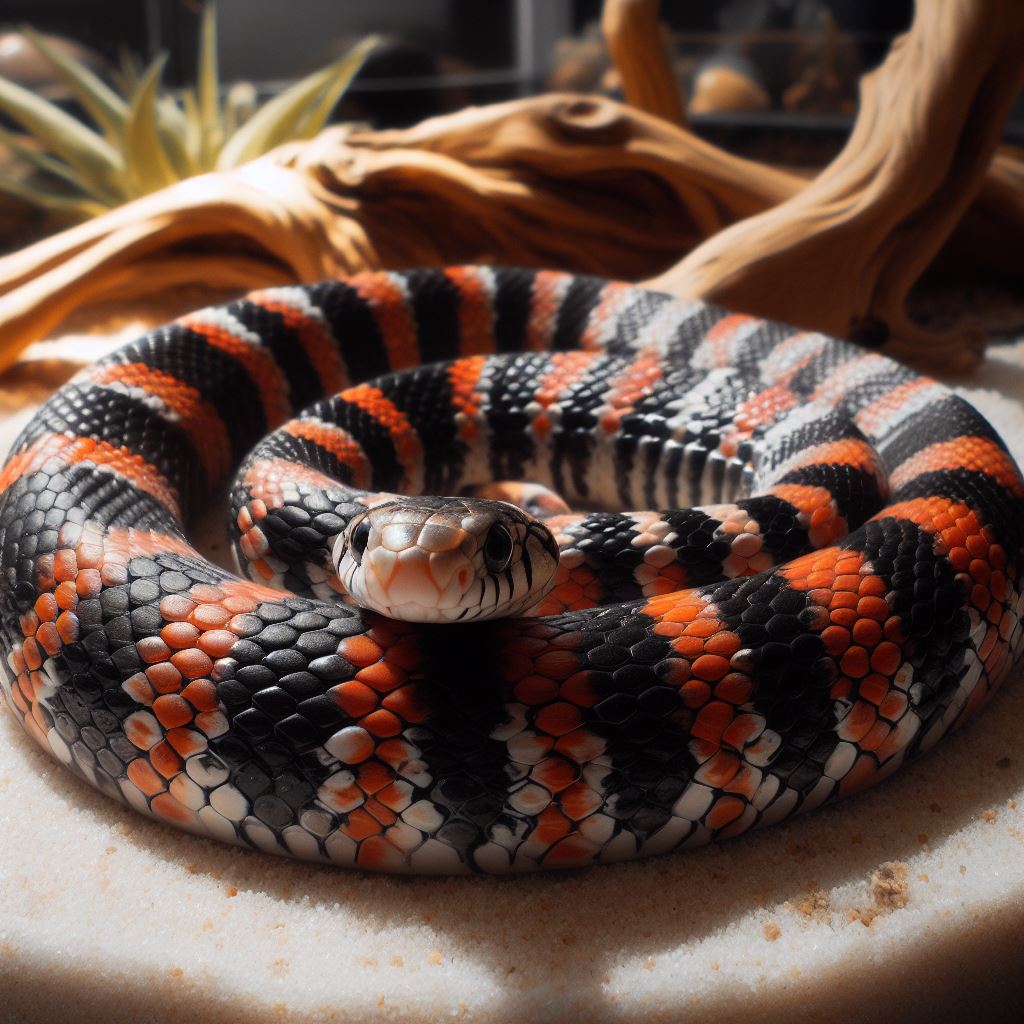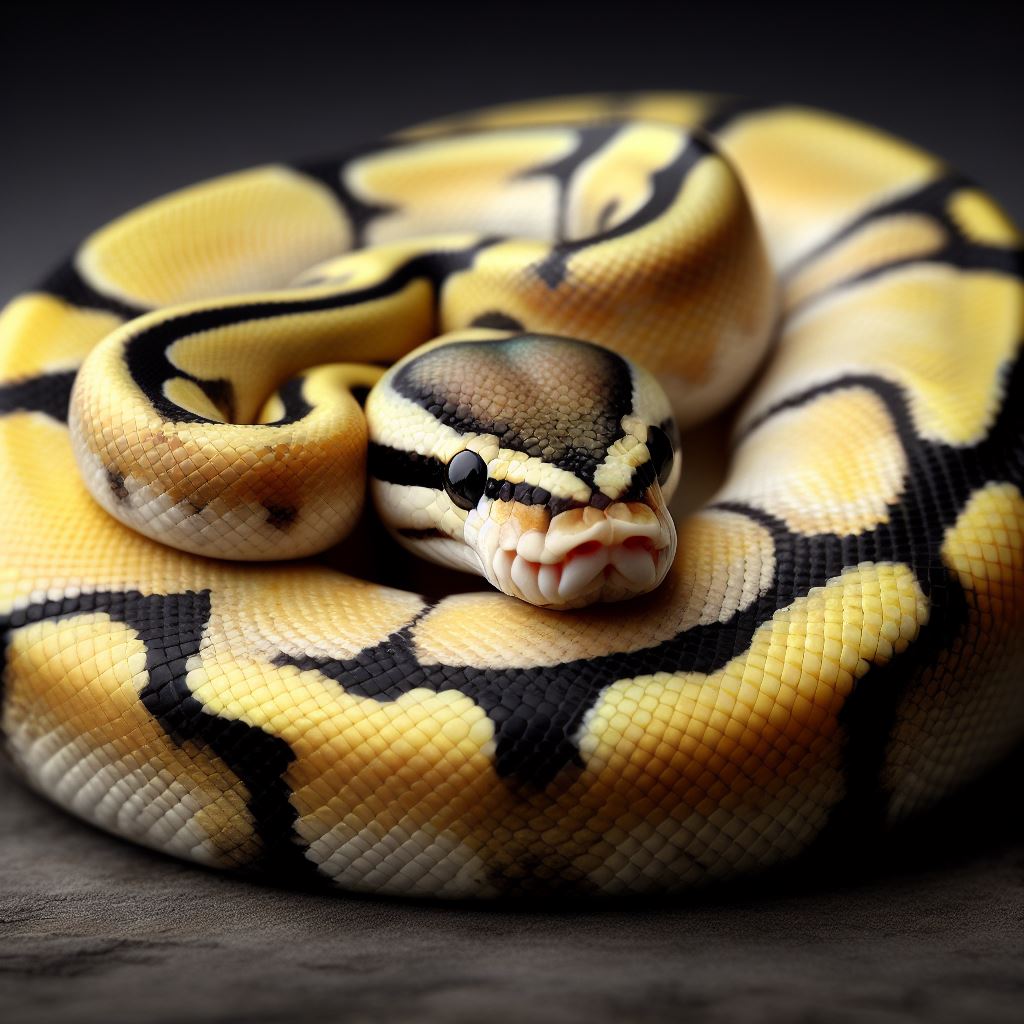Chameleons have always captivated the imagination with their mesmerizing colors and intriguing behavior. These exotic creatures make unique and fascinating pets, but they require specific care to thrive in captivity. In this comprehensive guide, we’ll explore every aspect of chameleon care, from selecting the right species to maintaining their health and well-being.
What Are Chameleons?
Chameleons, scientifically known as Chamaeleonidae, are a distinct family of reptiles known for their ability to change color. Found primarily in Africa, Madagascar, southern Europe, and some parts of Asia, these creatures are renowned for their remarkable adaptations, including independently moving eyes and specialized feet for grasping branches.
Fascinating Facts about Chameleons
Chameleons possess a host of unique features, including their iconic swiveling eyes that provide them with a 360-degree view of their surroundings. Contrary to popular belief, they don’t change color to blend in with their environment but instead use it as a means of communication and thermal regulation. Some chameleon species can even change into shades of pink, red, and yellow!
Choosing the Right Chameleon Species for You
Before bringing a chameleon home, it’s crucial to choose a species that aligns with your expertise and commitment level. Veiled chameleons (Chamaeleo calyptratus) are popular due to their hardy nature, while panther chameleons (Furcifer pardalis) are prized for their vibrant colors. Research extensively to find a species that matches your capabilities as a caretaker.
Habitat Setup
Selecting the Right Enclosure
A spacious and well-ventilated enclosure is vital for chameleons. Opt for a vertically oriented mesh terrarium to mimic their natural habitat. The height allows for climbing, which chameleons love, and the mesh sides facilitate proper airflow.
Proper Lighting: UVB and Heat Lamps
Chameleons need both UVB and heat lamps to replicate natural sunlight. UVB is essential for synthesizing vitamin D3, crucial for calcium metabolism. Heat lamps provide warmth, ensuring they can regulate their body temperature effectively.
Substrate Choices and Cage Decor
Avoid substrates like sand or wood chips, which can cause impaction if ingested. Instead, use a lining of coconut coir or paper towels, which are safe and easy to clean. Add natural branches, vines, and live plants for climbing and hiding spots.
Maintaining Optimal Humidity Levels
Chameleons, especially those from tropical regions, require high humidity levels. Regular misting with a reptile mister keeps the enclosure humid and provides a source of water for drinking.
Importance of Proper Ventilation
Adequate ventilation prevents stagnant air and ensures your chameleon has a constant supply of fresh oxygen. Mesh enclosures promote air circulation, preventing respiratory issues that stagnant air can cause.
Temperature and Lighting
Establishing the Right Temperature Gradient
Maintain a temperature gradient within the enclosure, with a basking spot reaching 85-95°F (29-35°C) and a cooler area around 70-80°F (21-27°C). This gradient allows your chameleon to regulate its body temperature effectively.
UVB Lighting: Essential for Chameleons
Invest in a high-quality UVB lamp to provide the necessary ultraviolet light. Without it, chameleons can suffer from metabolic bone disease, which weakens their bones and can be fatal.
Basking Spots and Heat Sources
Create basking spots using heat bulbs or ceramic heat emitters. These spots mimic the warmth chameleons need to digest food properly and regulate their body temperature.
Feeding and Diet
Understanding Chameleon Diets: Insects, Fruits, and Vegetables
Chameleons are insectivores, primarily feeding on a variety of live insects like crickets, roaches, and mealworms. Additionally, offers a mix of gut-loaded insects and a small amount of fruits and vegetables, such as papaya and collard greens, to provide essential vitamins and minerals.
Gut Loading and Supplementation
Feed the insects a nutritious diet before offering them to your chameleon. This process, called gut loading, ensures that the chameleon receives optimal nutrition. Additionally, dust the insects with a calcium supplement to prevent calcium deficiency.
Avoiding Toxic Plants and Foods
Chameleons are sensitive to toxins, so ensure their environment is free from toxic plants. Common household plants like philodendron can be harmful. Also, refrain from offering toxic foods like avocados and caffeine, which can be fatal.
Hydration: Importance of Fresh Water and Misting
Chameleons drink water droplets from leaves and surfaces. Provide a shallow dish of fresh water and mist the enclosure at least twice a day. Proper hydration is vital for their overall health and aids in shedding.
Handling and Socialization
The Significance of Limited Handling
Chameleons are solitary and easily stressed by handling. Minimize direct contact to reduce stress levels. Limit interactions to essential activities like health checks.
Recognizing Signs of Stress in Chameleons
Watch for signs of stress, such as color changes, hissing, or attempting to escape. These behaviors indicate discomfort and should be respected by giving the chameleon space and reducing disturbances.
Techniques for Safe Handling
When handling is necessary, approach your chameleon slowly and gently. Support their body fully and avoid sudden movements. Limit handling to short durations to prevent stress.
Encouraging Positive Socialization
While chameleons don’t crave social interaction, you can create positive experiences by occasionally hand-feeding them. This interaction promotes trust without causing undue stress.
Health and Veterinary Care
Regular Health Checkups: Finding an Exotic Pet Veterinarian
Chameleons require specialized care. Find a veterinarian experienced in exotic pets to conduct regular checkups. Regular visits help prevent and identify health issues early.
Common Health Issues in Chameleons
Respiratory infections, metabolic bone disease, and parasites are common health concerns. Regular monitoring and a proper habitat setup can prevent many of these issues.
Signs of Illness: What to Look For
Be vigilant for signs like loss of appetite, lethargy, or abnormal coloration. If you notice any of these signs, consult a veterinarian promptly to diagnose and treat the issue.
Quarantine Procedures for New Chameleons
When introducing a new chameleon, quarantine them in a separate enclosure for at least 30 days. This period allows you to observe the newcomer for any signs of illness and prevents the potential spread of diseases to existing chameleons.
Breeding and Reproduction
Understanding Chameleon Reproduction Cycles
Chameleons have unique reproductive behaviors. Research the specific breeding behaviors of your chameleon species to create an environment conducive to mating and egg-laying.
Setting Up a Breeding Enclosure
Create a separate enclosure with appropriate nesting sites, branches, and plants. Maintain optimal temperature and humidity to encourage successful breeding and egg incubation.
Caring for Pregnant Females
Pregnant chameleons require extra care and a stress-free environment. Provide additional calcium and monitor their health closely. Be prepared for the possibility of offspring.
Hatchling Care and Special Requirements
Hatchlings are delicate and need a secure environment. Offer small, soft insects and maintain higher humidity levels to aid their growth. Regular monitoring and a watchful eye are essential during this vulnerable stage.
Conclusion
Caring for chameleons demands commitment, patience, and understanding of their unique needs. By providing a suitable habitat, proper nutrition, and minimal stress, you can create a thriving environment for these captivating reptiles. The journey of caring for chameleons is not just rewarding for them but also enriching for any enthusiast willing to invest the time and effort.
Additional Resources: Books, Websites, and Communities
For further exploration, consider delving into reputable books like “The Chameleon Handbook” by François Le Berre and connecting with online communities such as chameleonforums.com. These resources offer valuable insights and a supportive network of experienced chameleon enthusiasts. Remember, the key to successful chameleon care lies in continuous learning and a genuine passion for these incredible creatures.






